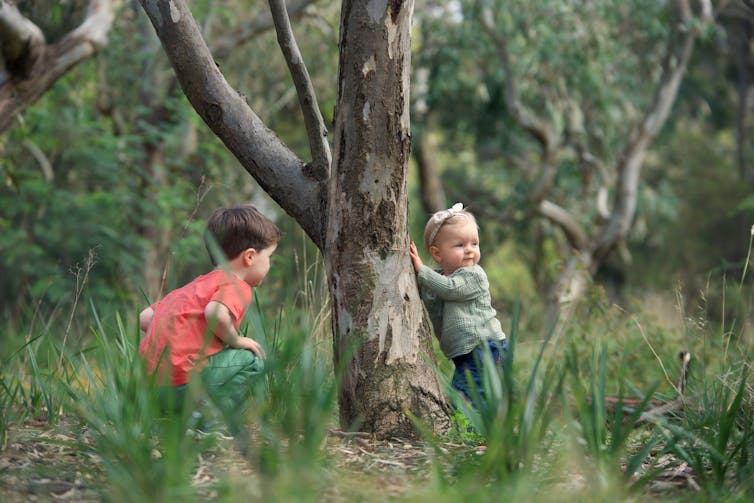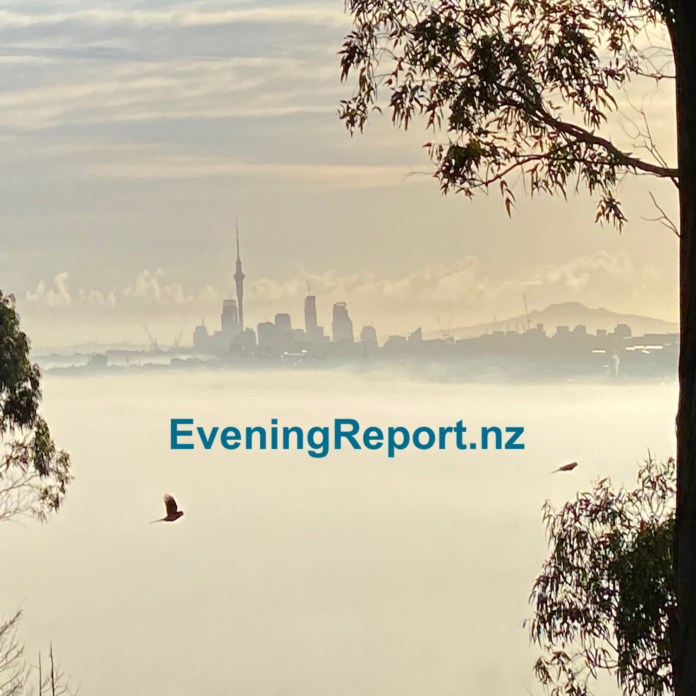Source: The Conversation (Au and NZ) – By Max M Gillings, PhD Candidate, School of Natural Sciences, Macquarie University
Recent public health threats such as COVID, and the current bird flu outbreak in Victoria, show we can’t separate human health from the natural environment. Our research examining the link between lead exposure in house sparrows and children is another sobering reminder of this shared health burden.
Birds have long been considered sentinels for environmental health – hence the proverbial “canary in the coal mine”. Urban sparrows are particularly useful sentinels, because they tend to live in the same places as humans.
Our study focused on the lead-mining cities of Broken Hill in New South Wales and Mount Isa in Queensland, where lead exposure in children is a major health concern.
We found blood-lead levels in sparrows were a predictable indicator of blood-lead levels in children. The findings demonstrate the importance of paying attention to the health of the environment and the animals around us.

Shutterstock
Sparrows: our constant companions
The house sparrow is an introduced species to Australia. They inhabit most of eastern Australia and much of the Northern Territory and South Australia. They are particularly common in places where humans live.
Sparrows have a home range similar to the size of a small urban neighbourhood. Most pollutants they pick up are from within this range, so we expected patterns of exposure in sparrows to reflect those of children in the same area.
The physiology of house sparrows and children is, of course, very different. But their behaviours make them similarly susceptible to lead exposure.
Both are exposed to lead in soil and dust; a child while crawling and playing, a sparrow while foraging. Both are also exposed within a defined area – typically the home, backyard or immediate neighbourhood.
What we found
At Broken Hill, we measured lead in blood samples from hundreds of sparrows captured at more than 40 sites. The birds were then released.
We compared our data to recent data on children’s blood-lead levels at Broken Hill. We found blood-lead levels in sparrows were much higher than in children. This is not surprising. Sparrows forage in soil, which is an important source of lead contamination.
What was surprising, however, was the strong correlation between lead exposure in sparrows and those of children living nearby. Where blood lead levels were highest in sparrows, they were also highest in children.
This raised an interesting question. Could sparrows be used to predict lead exposure risks in humans? We tested this idea in Mount Isa, another lead-mining city with a similar dry, dusty natural environment to Broken Hill.
We tested lead levels in sparrows at Mount Isa and used the results to predict lead levels in children nearby. Based on the sparrow data, we expected about a quarter of Mount Isa children would have blood-lead levels above the Australian intervention guideline.
Our prediction was right. The most recent data shows about a quarter of Mount Isa children exceeded this guideline between 2016 and 2018.
What’s behind these links?
The next step was to confirm sparrows and children were exposed to lead from the same sources in the environment. This can be determined by examining lead “isotopes”, or types of atoms, found in blood and the environment.
We measured these isotopes in sparrow blood samples and found most lead originated from the Broken Hill ore deposit. As anticipated, the highest contributions of ore lead (more than 80%) were detected in sparrows caught near mining operations where emissions of lead were highest. This decreased with distance from the operations.
Previous research at Broken Hill found the same trends for children – a significant component of the lead originated from the Broken Hill ore in children with elevated blood-lead levels.
Yet we also found evidence that, at least in Broken Hill, the correlation between lead exposure in children and sparrows wasn’t as strong as it once might have been.
Over the past three decades, a series of targeted environmental interventions have effectively lowered blood-lead levels in the Broken Hill community. This has led to greater variability in levels of lead exposure among local children.
Recent monitoring indicates children living within the same neighbourhood, and even the same street, often have very different blood-lead levels. This was rarely the case for sparrows caught from a single site.
Why? Possibly because sparrows are active over a much larger area than children. So, targeted efforts to minimise lead exposure in children – such as remediating their home environment – have little impact on sparrows.
Sparrows are also notorious trespassers. Mining land, empty lots, backyards, and ceiling cavities: nothing is off limits. These spaces pose limited risk to people and have largely avoided the full extent of lead remediation measures. Yet they still account for a lot of land and likely provide an ongoing source of exposure for animals such as sparrows.
So while interventions have reduced lead exposure in children, sparrows show us that lead contamination remains widespread in Broken Hill.
What this means for humans
Our research highlights the close connections between human and animal health in polluted urban environments. But it’s not all bad news. Outbreaks of death and disease in birds can spur action to prevent harm to humans.
For example, in Western Australia’s port town of Esperance in 2006, mass bird deaths were traced to lead poisoning from a nearby ore stockpiles. A clean-up ensued, preventing health impacts for the community.
Perhaps more importantly, our research shows humans are not separate from the environment and the animals around us – and we cannot escape the consequences when natural systems are modified or destroyed.
![]()
Max M Gillings is involved in research affiliated with and funded by EPA Victoria.
Mark Patrick Taylor received funding via an Australian Government Citizen Science Grant (2017-2020), CSG55984 ‘Citizen insights to the composition and risks of household dust’ (the DustSafe project). The VegeSafe and DustSafe programs are supported by publication donations to Macquarie University. He has previously received funding from NSW EPA for research into environmental lead and human health implications at Broken Hill, NSW. He is a full-time employee of EPA Victoria, appointed to the statutory role of Chief Environmental Scientist.
Simon Griffith receives funding from the Australian Research Council.
– ref. How a little brown bird could sound the alarm on lead poisoning in Australian children – https://theconversation.com/how-a-little-brown-bird-could-sound-the-alarm-on-lead-poisoning-in-australian-children-232000










